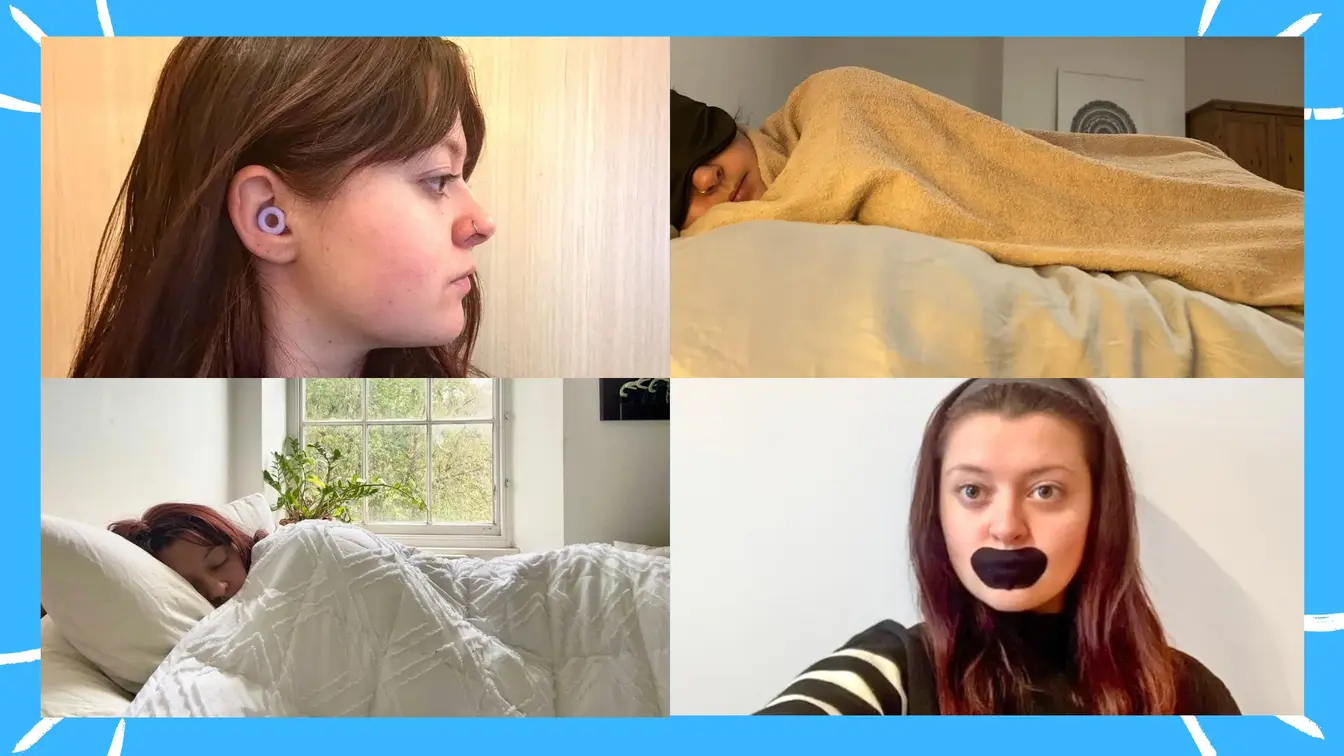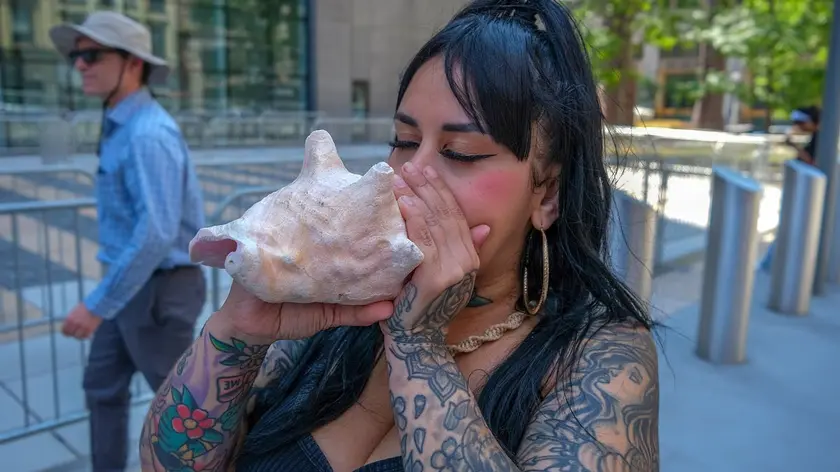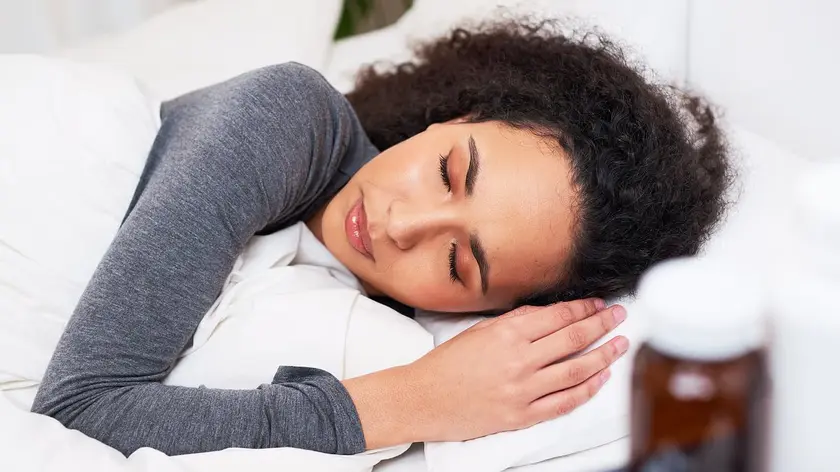T4K3.news
Three sleep hacks prove effective after nine trials
Nine sleep hacks tested with three working picks and three to avoid.

A sleep features editor tests nine methods to fall asleep faster and identifies three reliable options along with three to avoid.
Three sleep hacks prove effective after nine trials
Nine sleep methods were tested by a Sleep Features Editor at Tom's Guide to see what helps people fall asleep faster. The author notes that normal sleep latency is ten to twenty minutes and that results vary by person. The three methods that worked best are cognitive shuffling, blocking out noise and light with a blackout sleep mask and earplugs, and taking a warm bath before bed. Three methods that did not work or were unsafe were mouth taping, the Egyptian cooling method, and cricket feet. A sponsored mattress promotion is included in the piece, which readers should weigh against the evidence presented.
The article explains why each method might influence sleep, while stressing that the findings come from one tester. This highlights a broader trend in wellness coverage where readers seek quick wins, even as scientific consensus remains mixed. The practical takeaway is to test small, safe changes and be cautious with advice that may lack solid research or pose safety concerns.
Key Takeaways
"When I gave this method a go, I was asleep within 10 minutes."
Author reports the outcome of cognitive shuffling.
"The complete sensory deprivation was a bizarre sensation that I had to become used to."
Reaction to blocking out noise and light.
"It’s easy, simple and requires no advanced tech."
Author’s assessment of cognitive shuffling.
"Mouth tape is a dangerous one worth avoiding altogether."
Safety warning about mouth taping.
The piece uses personal trial as a gateway to general sleep tips, which can be engaging for readers seeking relatable guidance. Yet it also underscores the risk of treating a single person’s experience as a universal solution. By naming both successful and failed hacks, the author offers balance, but readers should remember that sleep science often favors controlled studies and larger samples. Sponsorship in a lifestyle piece can complicate trust, so transparency about funding and safeguards for safety are essential.
Overall, the article reflects how sleep advice travels in everyday life: easy rituals, quick results, and a few warnings about risky practices. It invites readers to experiment while advocating basic sleep hygiene, yet it also reminds us to be skeptical of methods that sound too good to be true and to value safety over novelty.
Highlights
- Let random objects race through your mind until sleep arrives
- Block light and noise to turn the room into a quiet retreat
- A warm bath can cue the body that night is near
- Mouth taping is a safety risk not a shortcut to rest
Sleep advice travels as both habit and experiment, and readers deserve clear, safe guidance.
Enjoyed this? Let your friends know!
Related News

Cannabis linked to longer sleep improvement

Tech trends emerge from the 2025 Tour de France

Foundations first for lasting fitness

Cherry juice linked to Tour de France recovery

Yoga Sessions Boost Sleep Quality

Bradbury health hacks highlight lifestyle changes

UK launches sleep apnea implant trials

Conch shell technique shows promise for sleep apnea
